Introduction: From Trail Mix to Trail Meals—My Ultimate Camp Kitchen Setup Journey
I’ll be honest—the first “meal” I ever cooked while camping was basically a cold granola bar and a sad attempt at instant noodles using lukewarm water. Rookie mistake.
Fast-forward a few years, and my camp kitchen is now one of the best parts of my trips. Good food = good mood on the trail, and the right setup can turn a basic overnight trip into a gourmet outdoor experience.

In this guide, I’ll walk you through building a camp kitchen setup that actually works — whether you’re backpacking solo or setting up a full basecamp.
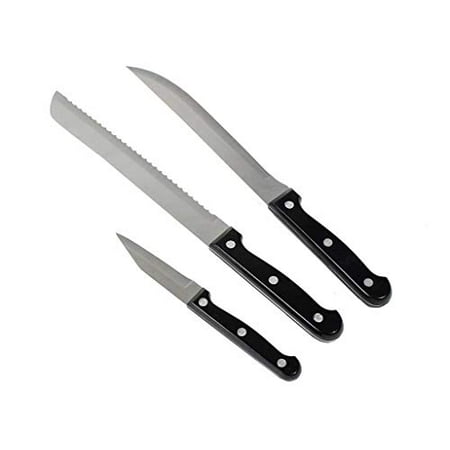
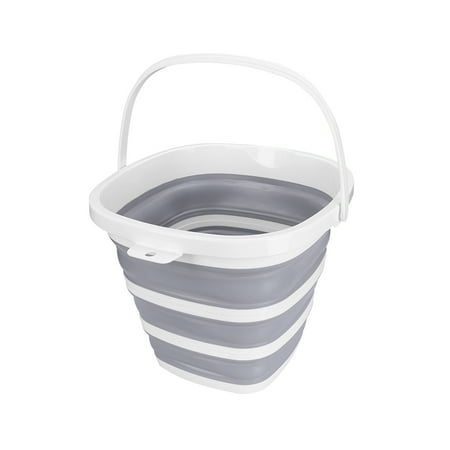

))/3329254.json)
))/3329254.json)
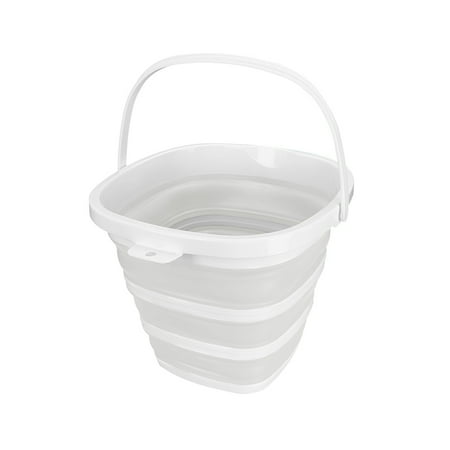
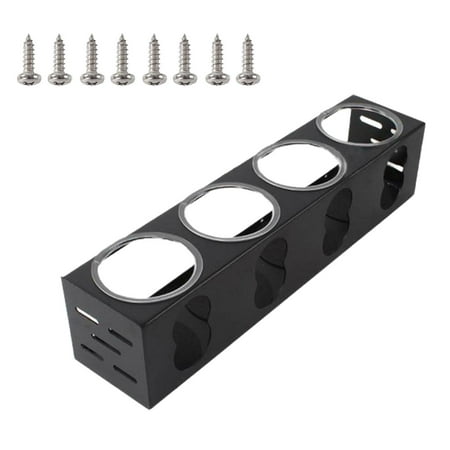
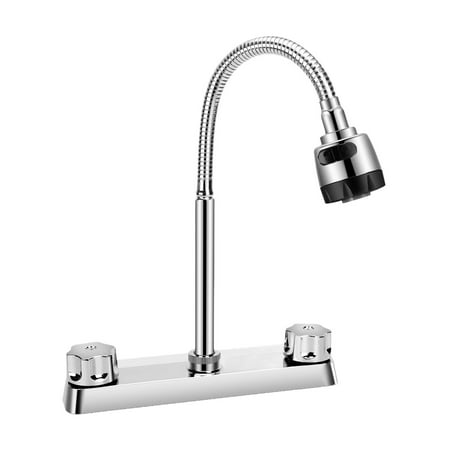
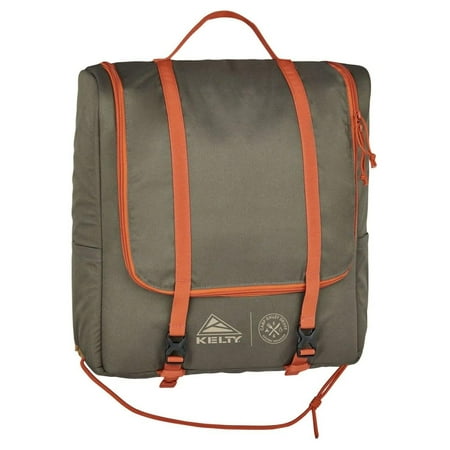
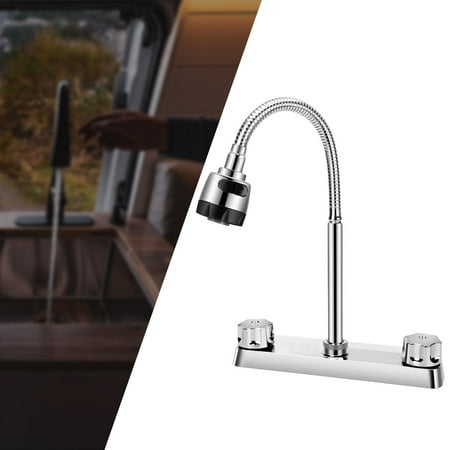
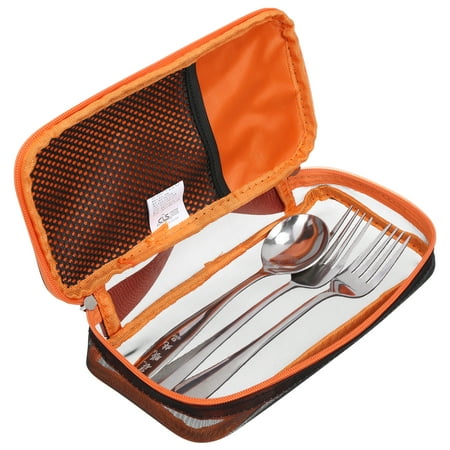
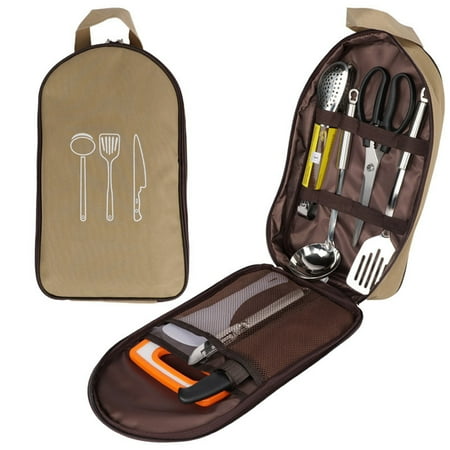
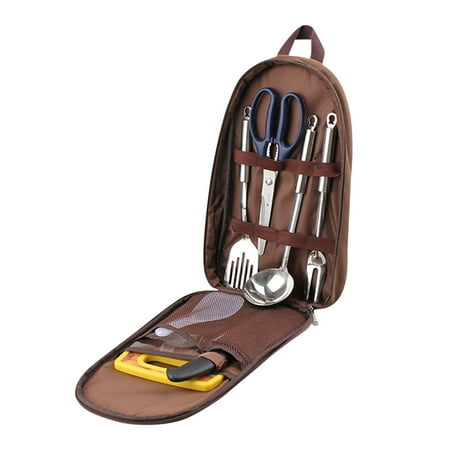
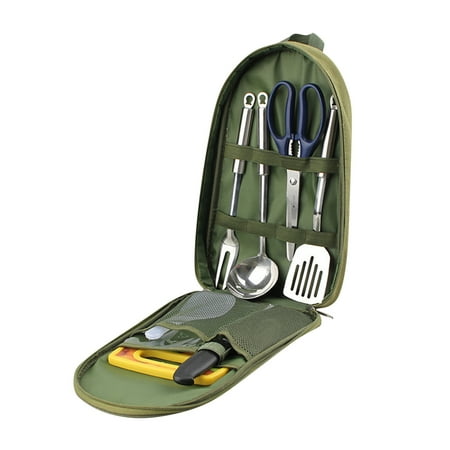
))/3334172.json)

))/3334172.json)
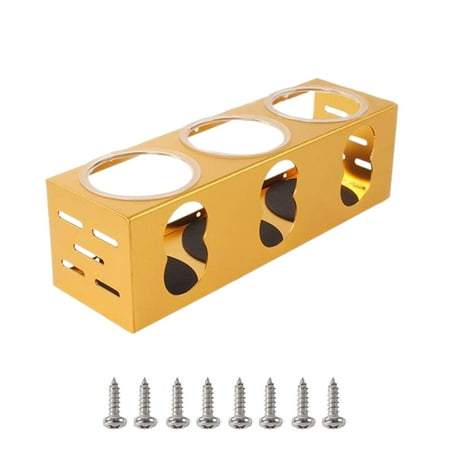


Planning Your Camp Kitchen: What You Actually Need
Before you start throwing gear in a tote:
- How many people are you cooking for? (Solo, couple, family?)
- How long are you out? (Overnight? 3 days?)
- What meals are you planning? (Simple boil-only meals or multi-step recipes?)
Space vs. Convenience: Minimalists can get by with a pot, a stove, and a spork. But if you’re planning group meals or love backcountry coffee, it’s worth carrying a bit more.
Pro tip: Always pack with versatility in mind. Multi-use items are gold.
Cooking Systems: The Heart of Your Camp Kitchen
Portable Stoves
- Canister Stoves: Light, reliable, perfect for most campers.
- Wood-Burning Stoves: Like my BioLite CampStove 2+ — burn twigs, no fuel needed.
- Liquid Fuel Stoves: Best for cold weather and longer expeditions.
When to Bring Two Stoves: Backup heat is smart for cold-weather trips or groups bigger than 4.
Fire Cooking Essentials
- Collapsible fire pits
- Cooking grates for open flame meals
- Fire gloves for safe handling
Must-Have Cookware Essentials
Pots and Pans
- Titanium: Ultralight, durable, expensive.
- Stainless Steel: Affordable, durable, a bit heavier.
- Anodized Aluminum: Best balance for casual campers.
Tip: 1-liter pot per 1–2 people is usually enough.
Utensils
- Long-handle sporks (reach deep into dehydrated meal bags)
- Folding tongs and spatulas
- Mini whisks for those fancy backcountry breakfasts
Cutting Gear
- Compact cutting boards
- Folding knives or camp-specific chef knives
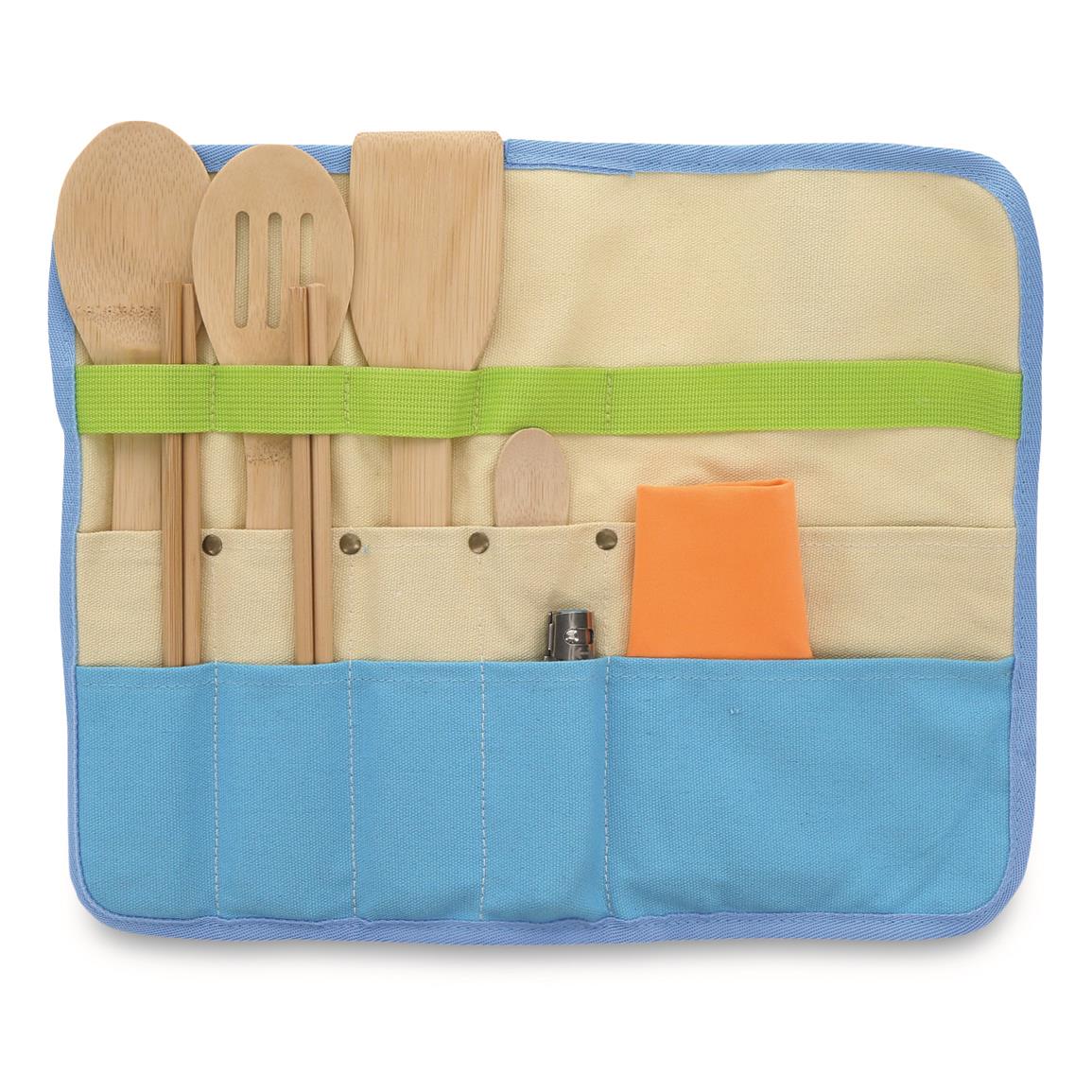

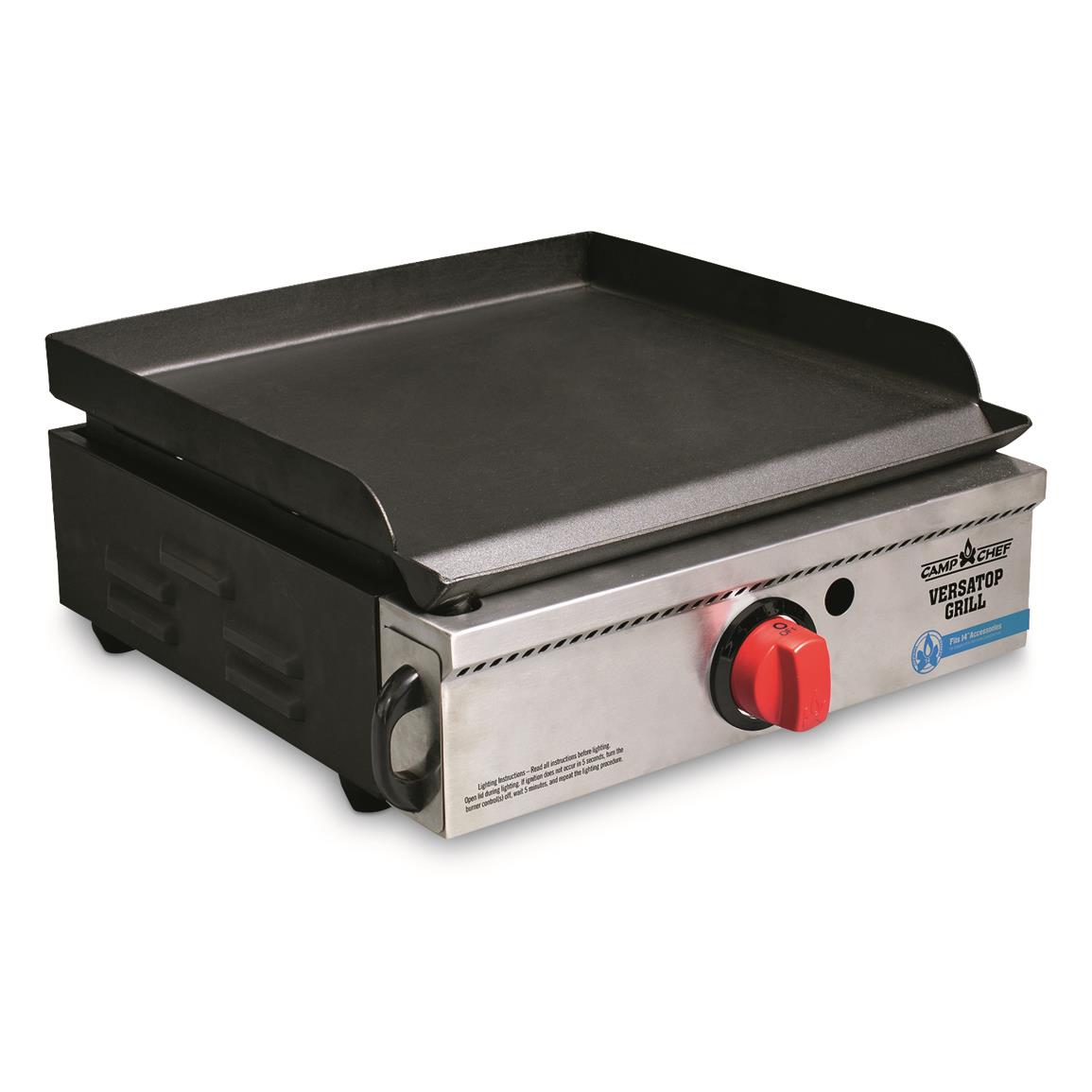
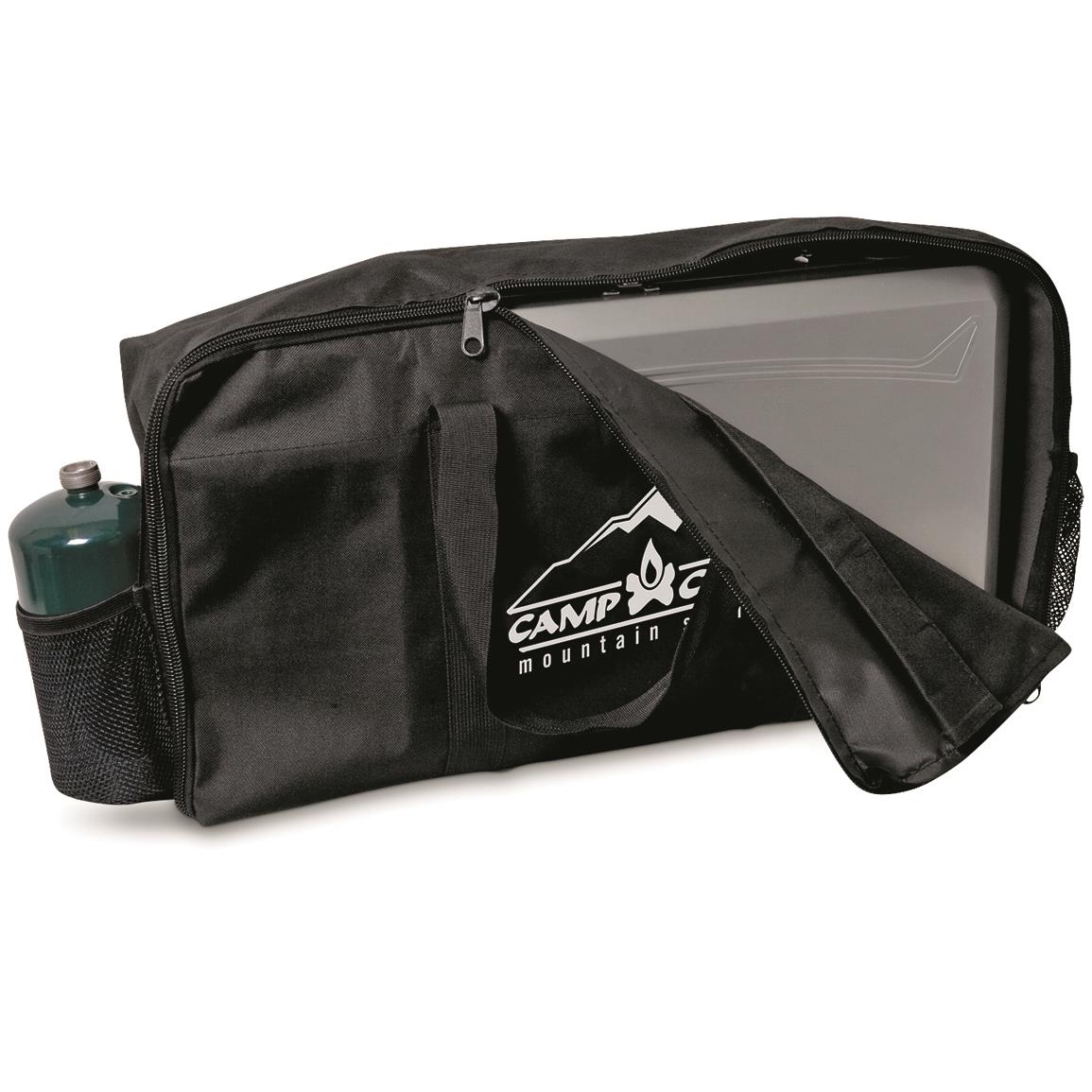
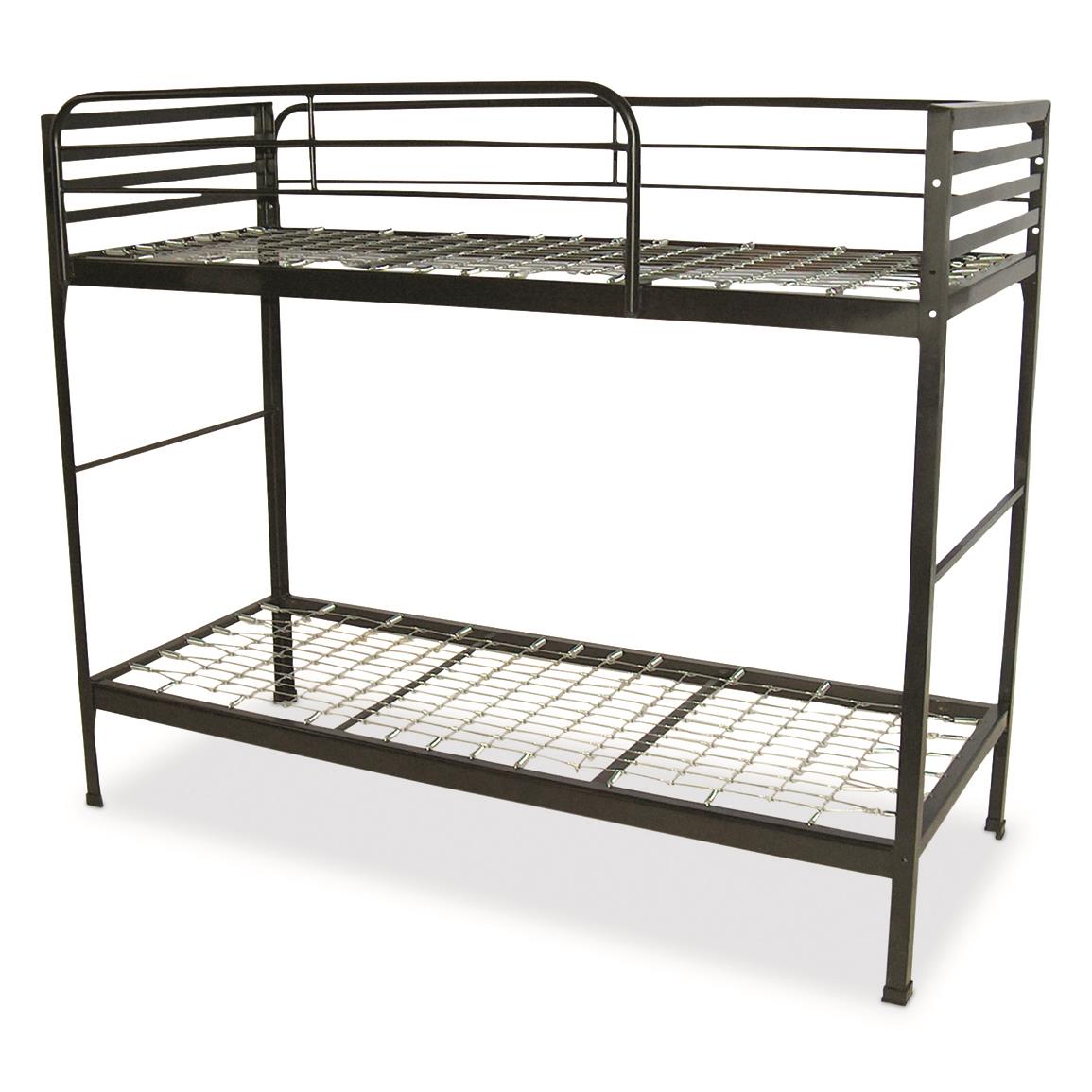
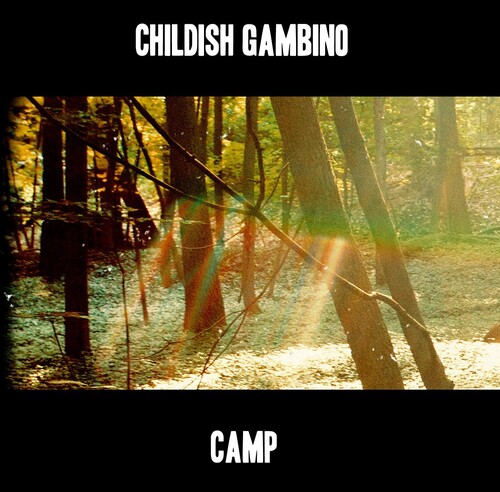




Smart Food Storage and Organization
Bear-Resistant Containers vs. Hanging Systems
- Use containers where required (Yosemite, Yellowstone)
- Use Ursacks and bear hangs in less-regulated areas
Camp Kitchen Boxes
- DIY with a plastic tote
- Pre-packed camp kitchen kits from REI, GSI Outdoors
Packing Tips
- Ziplocs for dry goods
- Mesh bags for utensils
- Waterproof containers for perishables
Cleaning Your Camp Kitchen Without Leaving a Trace
Eco-Friendly Soap and Scrubbers
- Dr. Bronner’s soap or biodegradable camp soaps
- Mini scrub pads or quick-dry sponges
Greywater Disposal Best Practices
- Strain food bits
- Scatter greywater 200 feet away from water sources
Quick-Dry Towels and Mini Dry Racks
- Vital for hygiene and sanity






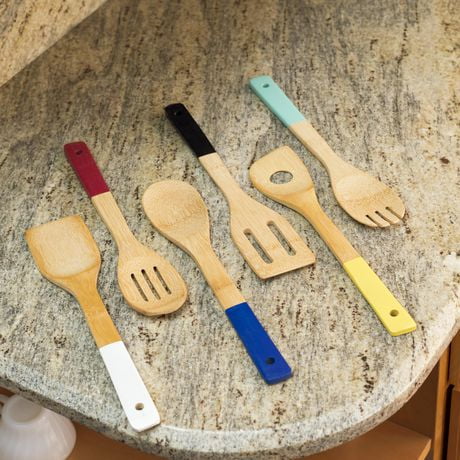
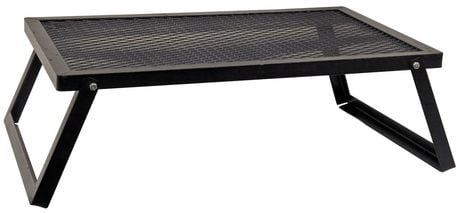
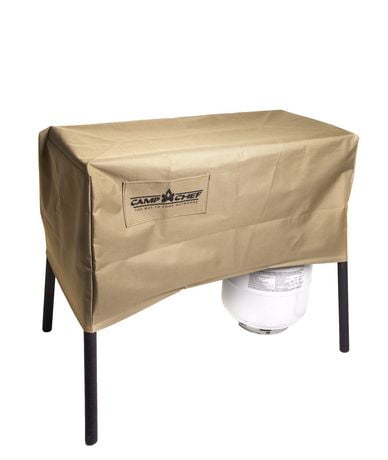
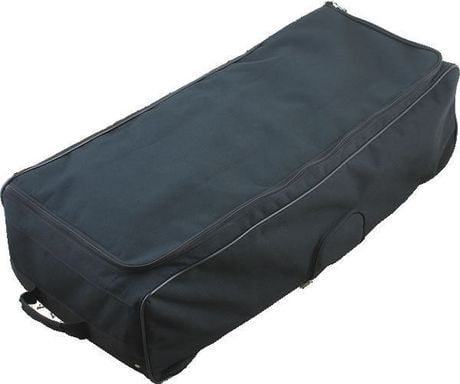
My Favorite Must-Have Accessories That Make Cooking 10x Easier
- Collapsible Sink: Game changer for cleanups.
- Portable Coffee System: AeroPress Go or a collapsible pour-over dripper.
- Spice Kits: Lightweight DIY kits using small containers.
- Silicone Nesting Bowls: Saves space and weight.
- Rechargeable LED Lanterns: Illuminate your “kitchen” zone safely.
High-Tech Additions for the Modern Camper
- Solar Cookers: GoSun solar ovens for no-fuel slow cooking.
- Smart Thermometers: Bluetooth thermometers for meats.
- USB-Rechargeable Blenders: Smoothies and sauces at camp? Yes.
- Portable Fridge/Freezers: Overlanders rejoice—cold beers off-grid.
Sample Setup Examples Based on Your Adventure Style
Minimalist Solo Trek
- Pocket stove
- Single titanium pot
- Folding spork
- Simple meals (instant oats, ramen, trail meals)
Weekend Basecamp
- Two-burner propane stove
- Cookware set (pot, frying pan, kettle)
- Spice kit, coffee kit, cooler
Family Adventure Setup
- Camp kitchen station
- Two-burner stove + fire cooking grate
- Full utensil set
- Prep table, large cooler, water jug
Common Mistakes (And How to Avoid Them)
- Overpacking cookware you never use
- Underestimating fuel needs
- Forgetting a bear-proof storage system
- Skipping cleanup gear (and waking up to raccoons)
Plan it right, and you’ll spend more time eating and relaxing—less time cleaning up chaos.
Conclusion: Build It Right, Eat Like a King (or Queen) Outdoors
A camp kitchen isn’t about luxury—it’s about empowering your adventures. Good food fuels big hikes, builds better campfire conversations, and makes the wild feel a little more like home.
Start with the basics, upgrade as you go, and you’ll wonder why you ever “survived” on granola bars and jerky.
The right gear doesn’t weigh you down—it lifts every meal to a new level.
Get outside. Get cooking. And don’t forget the coffee.










Leave a Reply